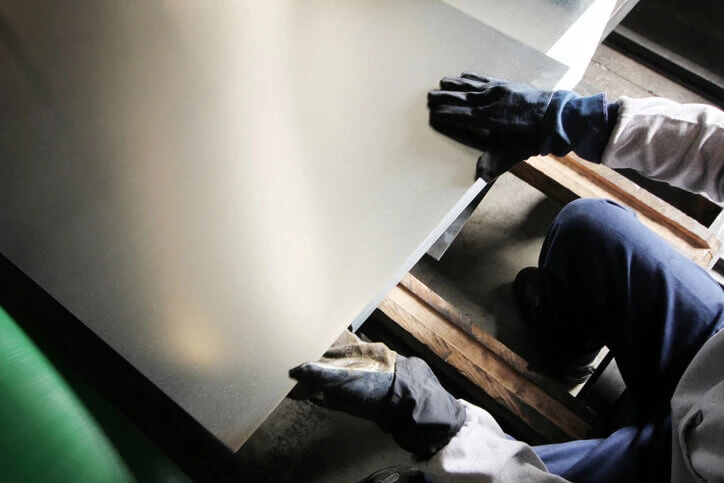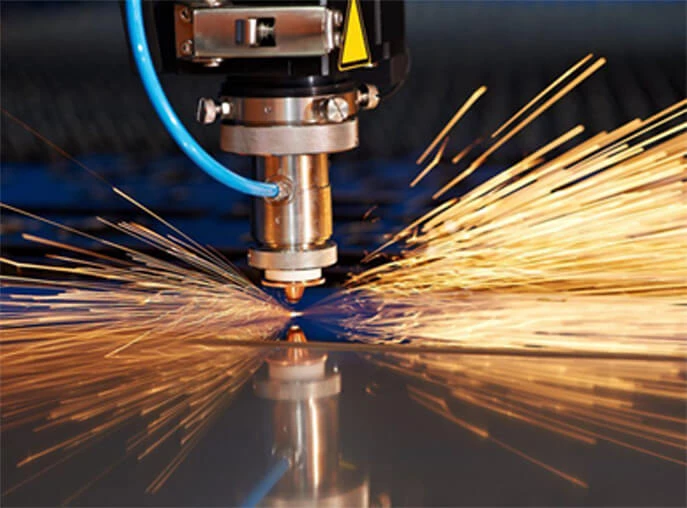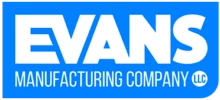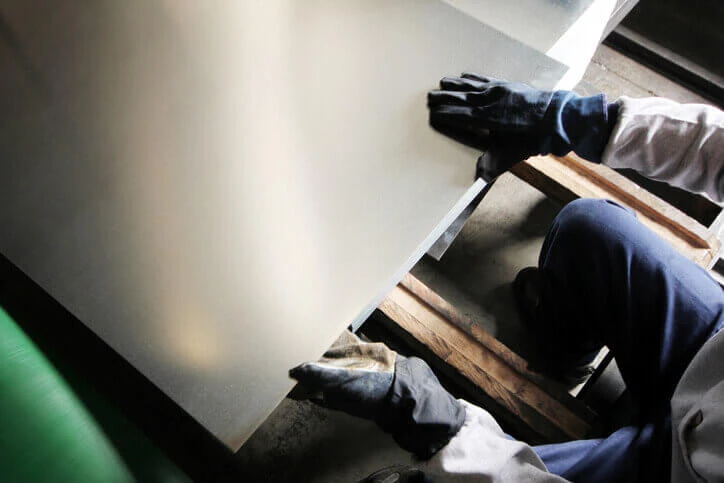What is laser cutting, and how do laser cutters work? For manufacturers who need custom metal parts, they often outsource to shops that specialize in laser cutting and metal parts fabrication so they can focus on the rest of their manufacturing processes. Laser-cutting technology has improved over the last several years, making it often the most cost-effective solution for cutting metal sheets and plates.
Laser cutting sheet metal is usually the fastest process for those materials compared to waterjet, and it is much more accurate than plasma. Laser cutting also has the smallest kerf size compared to waterjets or plasmas and produces the least waste material.
After cutting the base parts shapes, metal parts fabricators can bend the parts into shape, install hardware, apply specialized coatings to improve durability and usefulness, and laser-engrave parts numbers, QR codes, logos, and other designs into the finished parts.
How Laser Cutting Works
Laser cutting uses fiber optic light sources or CO2 resonators to cut through sheet metal panels to form shapes. While there are other types of metal cutting devices, including CNC punches and waterjet cutters, the laser cutting process:
- It is easy to set up
- Has short setup times.
- It has clean-cut edges
- Has short cut times for cutting sheet metal
For manufacturers who need custom metal parts for their products, laser cutting is often the faster, more reliable, and more cost-effective option.

Components of a Laser Cutter
So how does a laser cutter work? Both CO2 and fiber lasers produce a laser beam that is several thousand watts directed to a focus lens. The focus lens then takes that same wattage and packs it into a spot size close to a human hair in diameter.
The cutting head directs the flow of assist gas to the cutting area and keeps the laser beam focused exactly where it should be on the material. Modern cutting heads offer an auto-focus feature that makes setup and production even more efficient.
Whether using a CO2 laser cutter or a fiberoptic cutter, all laser cutters use a nozzle to direct either oxygen or nitrogen to assist the laser. Sheet metal shops use nitrogen gas for lightweight steel and for all thicknesses of aluminum and stainless steel. Nitrogen gives clean edges that are not discolored and are ready to weld on.
Oxygen is for thicker sheet metal panels and requires precise gas flow control to give optimal edge quality. Oxygen-assisted cuts may require a fabrication shop to clean the edges before applying any coating.

What Is Laser Cutting Used for?
So what is laser cutting, and how is it useful in parts production? Unlike punch or stamping devices, where the cutting edge can cut nearly any radius or shape without a specially made tool.
Several other industries can also benefit from the speed and affordability of laser cutting over other types of sheet metal cutting processes, including:
- Agriculture and dairy farming and processing
- Maritime industries
- Food service parts manufacturing
- Computers and technology
- Security parts manufacturing
Evans Manufacturing Company—Custom Sheet Metal Fabricator
What is laser cutting? While the definition of laser cutting simply describes cutting through a material with a focused laser beam, it offers many more opportunities for custom parts solutions for manufacturers and enterprises of all sizes.
At Evans Manufacturing Company in Marysville, WA, we’re a small, family-owned sheet metal fabricator. We pride ourselves on offering better service at competitive prices as we help our customers find manufacturing solutions. Call us today or contact us online to request a quote.



